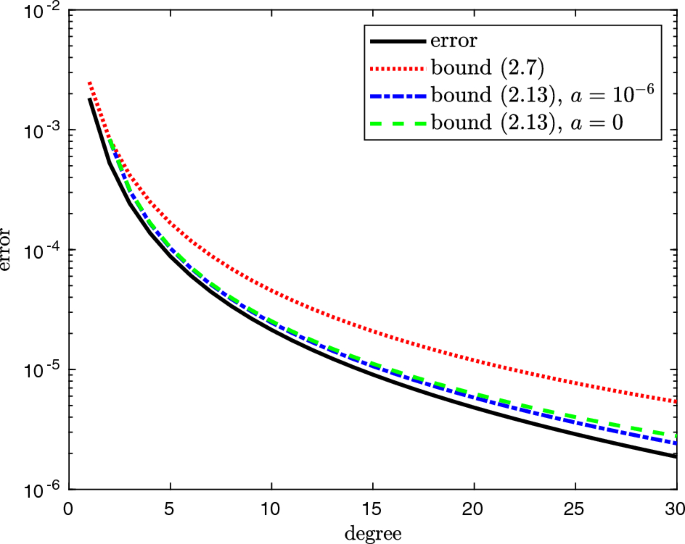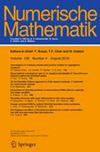用迹估计量和有理Krylov方法计算大矩阵的von Neumann熵
IF 2.2
2区 数学
Q1 MATHEMATICS, APPLIED
引用次数: 2
摘要
摘要考虑一个大的、稀疏的、对称的正半定矩阵a的von Neumann熵的近似问题,定义为$${{\,\textrm{tr}\,}}(f(A))$$ tr (f (a)),其中$$f(x)=-x\log x$$ f (x) = - x log x。在建立了该矩阵函数的一些有用性质之后,我们考虑在两种近似方法中使用多项式和有理Krylov子空间算法,即随机迹估计和基于图着色的探测技术。我们开发了用于算法实现的误差界和启发式算法。对不同类型网络的密度矩阵进行了数值实验,验证了该方法的有效性。本文章由计算机程序翻译,如有差异,请以英文原文为准。

Computation of the von Neumann entropy of large matrices via trace estimators and rational Krylov methods
Abstract We consider the problem of approximating the von Neumann entropy of a large, sparse, symmetric positive semidefinite matrix A , defined as $${{\,\textrm{tr}\,}}(f(A))$$ tr ( f ( A ) ) where $$f(x)=-x\log x$$ f ( x ) = - x log x . After establishing some useful properties of this matrix function, we consider the use of both polynomial and rational Krylov subspace algorithms within two types of approximations methods, namely, randomized trace estimators and probing techniques based on graph colorings. We develop error bounds and heuristics which are employed in the implementation of the algorithms. Numerical experiments on density matrices of different types of networks illustrate the performance of the methods.
求助全文
通过发布文献求助,成功后即可免费获取论文全文。
去求助
来源期刊

Numerische Mathematik
数学-应用数学
CiteScore
4.10
自引率
4.80%
发文量
72
审稿时长
6-12 weeks
期刊介绍:
Numerische Mathematik publishes papers of the very highest quality presenting significantly new and important developments in all areas of Numerical Analysis. "Numerical Analysis" is here understood in its most general sense, as that part of Mathematics that covers:
1. The conception and mathematical analysis of efficient numerical schemes actually used on computers (the "core" of Numerical Analysis)
2. Optimization and Control Theory
3. Mathematical Modeling
4. The mathematical aspects of Scientific Computing
 求助内容:
求助内容: 应助结果提醒方式:
应助结果提醒方式:


